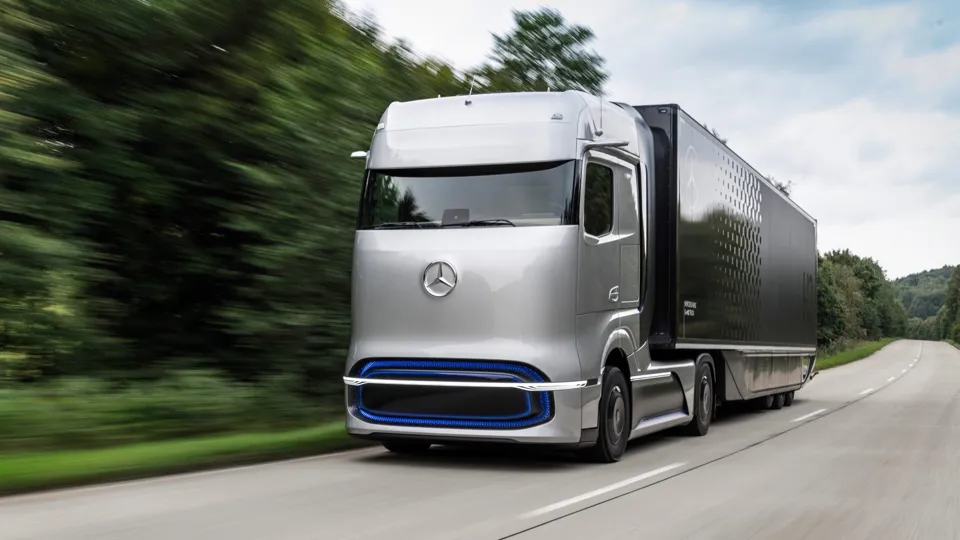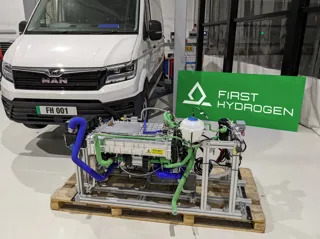Fleet adoption of hydrogen as a source of fuel for zero-emission transport is “lagging way too far behind electricity”, according to FleetCheck.
The fleet management software company said visible signs of progress are “almost non-existent” and that Government strategy appears to be “drifting”.
Peter Golding, managing director of FleetCheck, explained: “The Government’s hydrogen strategy, released last year, stated that hydrogen would have a key role to play in road transport in the future but how that would develop was unclear. It’s difficult to know what is meant by that.
“Other European countries are seeing substantial action at an infrastructure level - with a new commitment to a tenfold increase in electrolyser manufacturing capacity by 2025 by the European Commission in partnership with private enterprise - but there is little comparable action here.
“What seems to be happening is that current strategies and funding in the UK are directed almost entirely towards vehicle electrification. Of course, the attention that is being given to the EV transition is laudable but hydrogen has an important or even crucial role to play and is simply being allowed to lag way too far behind.”
St Helens Council was the first local authority to order a fleet of hydrogen-powered refuse collection trucks.
The Faun Bluepower vehicles are hydrogen/electric hybrid and use an electric motor for drive and a hydrogen fuel cell to charge the battery while the vehicle is operating. The setup reduces the amount of batteries needed by 30% when compared to fully electric truck.
Golding said that hydrogen had the potential to be the fuel of choice when it came to commercial vehicles above around three tonnes.
He added: “There are unresolved questions surrounding electrification in this part of the market including the massive batteries that would be needed to operate larger commercial vehicles and the impact on charging times and facilities, as well as much-reduced payload.
“Hydrogen has the potential to solve these problems and the first larger vans are now starting to enter production but the refuelling infrastructure to support them in the UK, especially in terms of green hydrogen, is almost non-existent. Unless you are a return-to-base fleet that installs its own refuelling facilities, the potential for adoption is very, very low.
“The fact is that a massively upgraded refuelling infrastructure, concentrating first on urban areas and motorways, is urgently needed. Even if we could work towards a hundred hydrogen stations over the next couple of years, that would be a major step forward.”
First Hydrogen has identified four industrial sites in the UK for hydrogen refuelling stations, as part of its strategy and advancement of its Energy Division.
The sites are in industrial areas spread across the North and South and will each accommodate both a large refuelling station – for light, medium and heavy commercial vehicles with on-site hydrogen production.
Construction equipment manufacturer JCB concluded that electrification was largely unsuitable for its own production vehicles and is forging ahead with its own hydrogen strategy.
Golding said: “They are taking an ultra-pragmatic approach, with the use of hydrogen in converted ICE engines being the first step, before later moving to fuel cell models. This seems like a sensible approach that also maps out how fleets could move to hydrogen. Indeed, there is a parallel for taking this route in fleets in the recent past with the use of LPG in vans.”























Login to comment
Comments
No comments have been made yet.